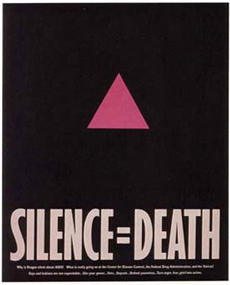
AB: Do you think posters are effective today? There are posters and advertising on every space.
AF: I do – I mean, there was advertising then and that was part of the strategy: to intervene on the commercial space with a message that was not commercial. That’s why we chose postering. We decided against doing these flat-footed, didactic Marxist tomes with lots of text and instead chose to do high gloss posters. And, in fact, the design of the poster – we discussed it endlessly and decided to go with what we called “yuppie graphics” – fonts that were popular at the time, so it was deceptive and would draw an unsuspecting bystander into a very serious conversation. It had to work on two levels: you had to be able to see it and think about it as you were whisking by in a cab, but then it had to work on a street level.
Having said that, I don’t think it could ever work in this social landscape, no. I don’t think it would be possible. It’s not so much about having to compete on the media landscape as what public space is now, as opposed to public space then. Public spaces – although there are a lot of people who would argue against it – are largely new media. I don’t really think it’s about the streets. It’s about the internet.”
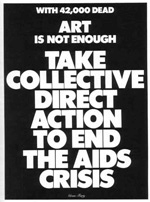
That said, I enjoyed this interview immensely, only wishing it was longer and more in depth. I’d love to see a serious roundtable conversation between graphic artists involved in the AIDS struggle, and really hear about how they created the images, built the messaging, and assessed the efficacy of their designs.
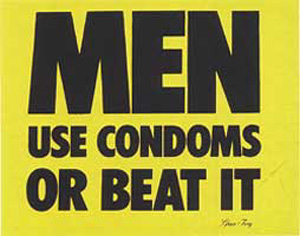




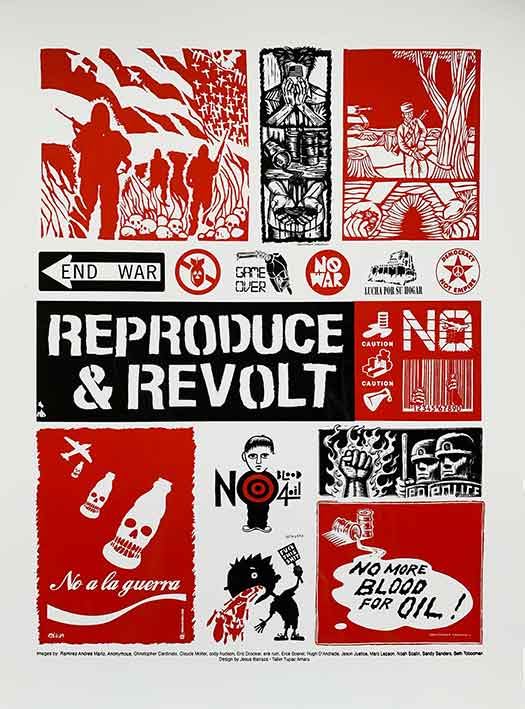

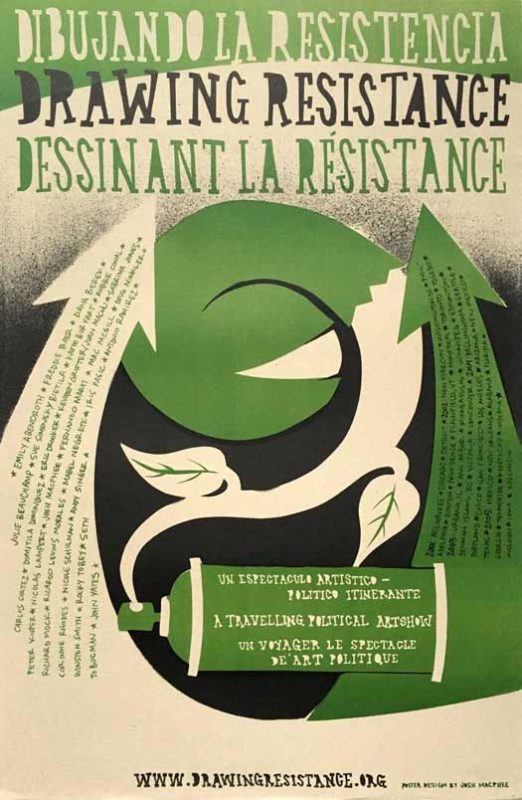
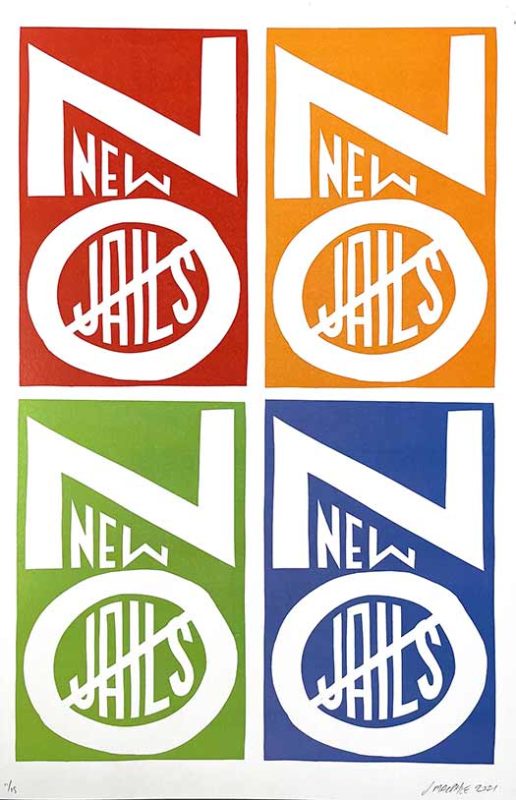
I’ll second the idea that there’s no real public space anymore.
One of the big shocks moving from NYC to Madison, WI, was that there is virtually no outdoor advertising, either of the billboard variety, or the eye-level pedestrian variety either.
In one way, it’s nice to not be bombarded, but on the other hand, if you have a message you want to “bring to the people” as it were, where can you turn?